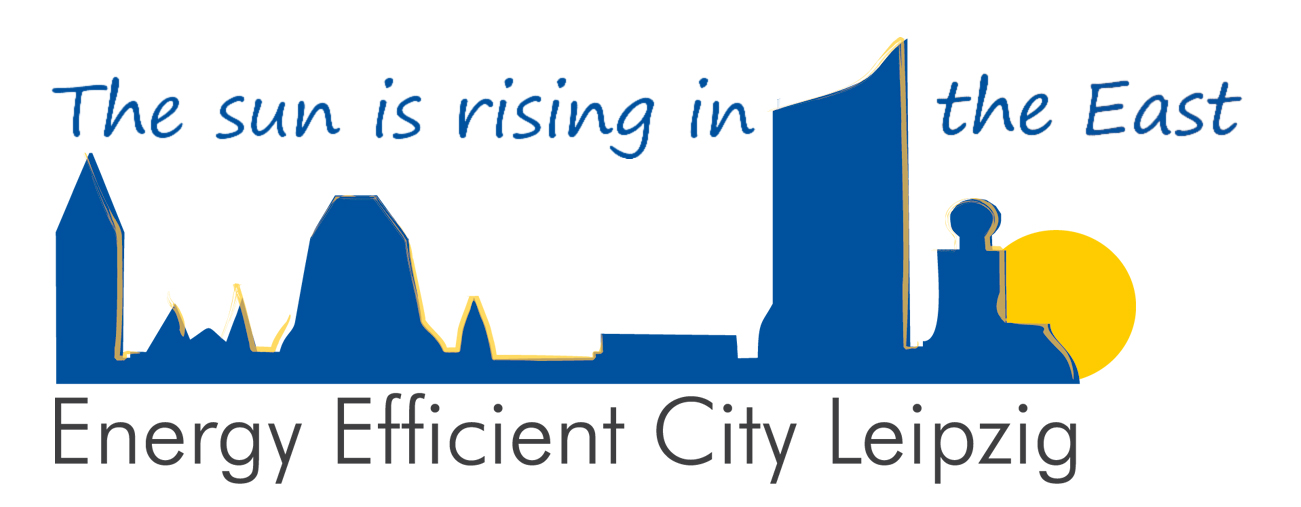“Im Osten geht die Sonne auf!”
Duration: 1 year starting June 2009
How can the energy consumption of a city be significantly reduced? This question is at the center of the competition “Energy-efficient city” by the German Federal Ministry of Education and Research (BMBF). A convincing answer is provided by the project “Im Osten geht die Sonne auf! Energie-räumliches Konzept für den Leipziger Osten” (Sunrise in the East! Spatial energy concept for Leipzig’s East). Playing a leading role here is Christian Strauß (graduate in Engineering) from the Leipzig Fraunhofer Center. The BMBF jury selected his project outline from a total of 72 proposals. Along with 14 other initiative groups from all over Germany, Strauß and his colleagues now have until May 2010 to flesh out their ideas. The BMBF is supporting this phase of further development with 200,000 euros. The prerequisite for this funding was the approval of Leipzig City Council, given in March 2009. Alongside the Leipzig Fraunhofer Center, the project consortium includes the Office of Economic Development of the City of Leipzig, the Institute for Applied Informatics e.V. (InfAI) and the Institute of Urban Development and Construction Management (ISB) of the University of Leipzig.
Pilot project for Germany
The long-term goal of the project is to reduce the energy consumption in Leipzig’s East. In other words: “We want sustainable development; we want environmental protection. And, last but not least, we want people to be able to save money,” says Strauß. To achieve this, Strauß is focusing on two different strategy forms. On the one hand, things should start with the public sector: they are responsible for the overall spatial planning – in this context, the planning needs to highlight possibilities for saving energy even more than it has so far. On the other hand, the tenants, landlords and infrastructure providers in Leipzig’s East are to be actively involved, for example, when it comes to adapting their existing residential buildings. In Strauß’s view, a prior analysis of the institutions involved and their patterns of behavior from a political-science and economic viewpoint is essential.
To raise the profile of the pilot project locally and reach as many interested parties as possible, existing structures are being focused on. For example, networks already exist, such as through the city redevelopment process, e.g. the neighborhood management in Eisenbahnstraße. In the current phase, further ideas and concepts are called for that will help with concrete implementation. Here Leipziger Wohnungs- und Baugesellschaft mbH and Leipziger Verkehrsbetriebe GmbH, for example, are to be involved.
At the beginning of the project, Strauß and his colleagues formed a general idea of the local situation. For example, they invesitgated individual houses and housing estates – which is another reason that it is so important to work in cooperation with the landlords and consumers.
What is now called for is an implementation plan that offers an exemplary, transferrable, forward-looking solution for the sustainable development of urban, densely populated areas and helps to achieve significant energy savings. If the Leipzig concept were to convince the BMBF jurors, the actual realization of “Im Osten geht die Sonne auf!” would be supported with funding of around one million euros for three to five years as of the middle of 2010.
